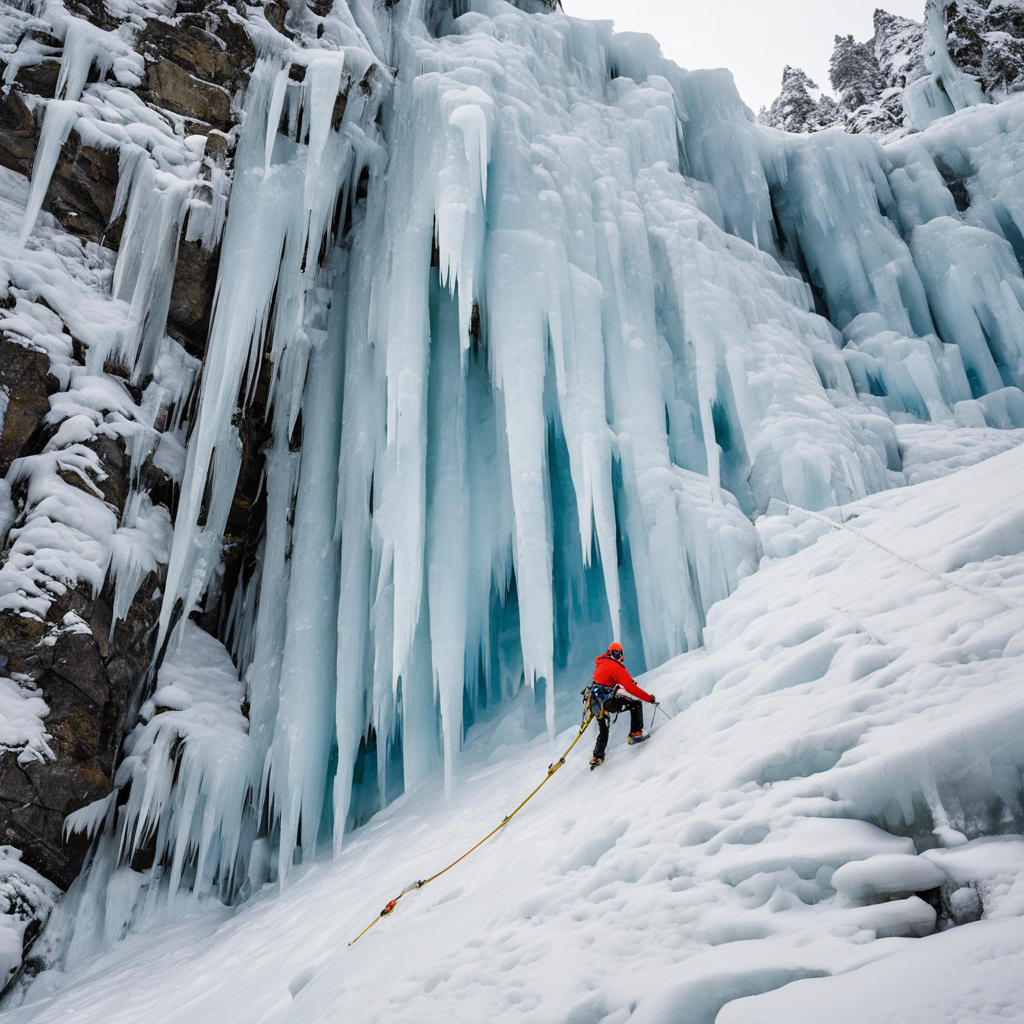To develop the fundamental skills needed for ice climbing. Learning how to swing and place your ice tools securely and effectively is key. Practice different techniques, such as the basic overhead swing and the more advanced figure-four move, to gain confidence and precision. Footwork is another critical aspect, as proper crampon technique ensures stability and balance on the ice.
Building strength and endurance is an ongoing process in ice climbing. Climbers should focus on developing a strong core, as well as upper and lower body strength, to handle the demands of climbing. Endurance exercises like running, swimming, or cycling will help you sustain the energy and stamina needed for longer climbs. Flexibility training is also beneficial to prevent injuries and improve recovery.
Technique and movement efficiency are refined through practice and experience. Learning how to move seamlessly and conserve energy is an art that develops over time. Understanding how to properly position your body, use your tools effectively, and rest when needed will make you a more efficient climber. Watching and learning from experienced climbers can also provide valuable insights into refining your technique.
Ice climbing presents unique challenges and risks, so it is crucial to understand the inherent dangers and how to mitigate them. Avalanches, for example, pose a significant threat in many ice climbing locations. Taking avalanche safety courses and learning how to read the snow conditions and terrain can help minimize these risks. Always check local conditions and follow established safety protocols.
Finding the right mentor or guide is invaluable for beginners. Experienced instructors can provide personalized guidance, ensuring you develop good habits and techniques from the start. They can also offer invaluable insights into the local climbing areas, helping you discover the best spots to practice and hone your skills. Mentors can expedite your learning curve and make your ice climbing journey more enjoyable and rewarding.
Joining a local climbing club or community is an excellent way to meet like-minded individuals and gain access to a wealth of knowledge and experience. These groups often organize climbing sessions, providing a fantastic opportunity to learn from others and develop your skills in a supportive environment. Climbing communities can also offer guidance on gear selection, local climbing areas, and safety protocols, ensuring you stay informed and motivated.
Practice makes perfect, and ice climbing is no exception. Getting out there and climbing easy routes allows you to apply your skills and build confidence. Start with gentle slopes or top-rope setups to get a feel for climbing and develop your movement patterns. As your skills progress, you can gradually increase the challenge, taking on more complex and demanding routes. Remember, each climb is an opportunity to learn and improve.
Lastly, ice climbing is as much a mental game as a physical one. It demands focus, problem-solving skills, and the ability to push through fear and self-doubt. Mental preparation is key to staying calm and making sound decisions when faced with challenging situations. Visualize success, believe in your abilities, and embrace the challenges that come your way. A strong mental game will enhance your overall climbing performance and make the experience more enjoyable.
